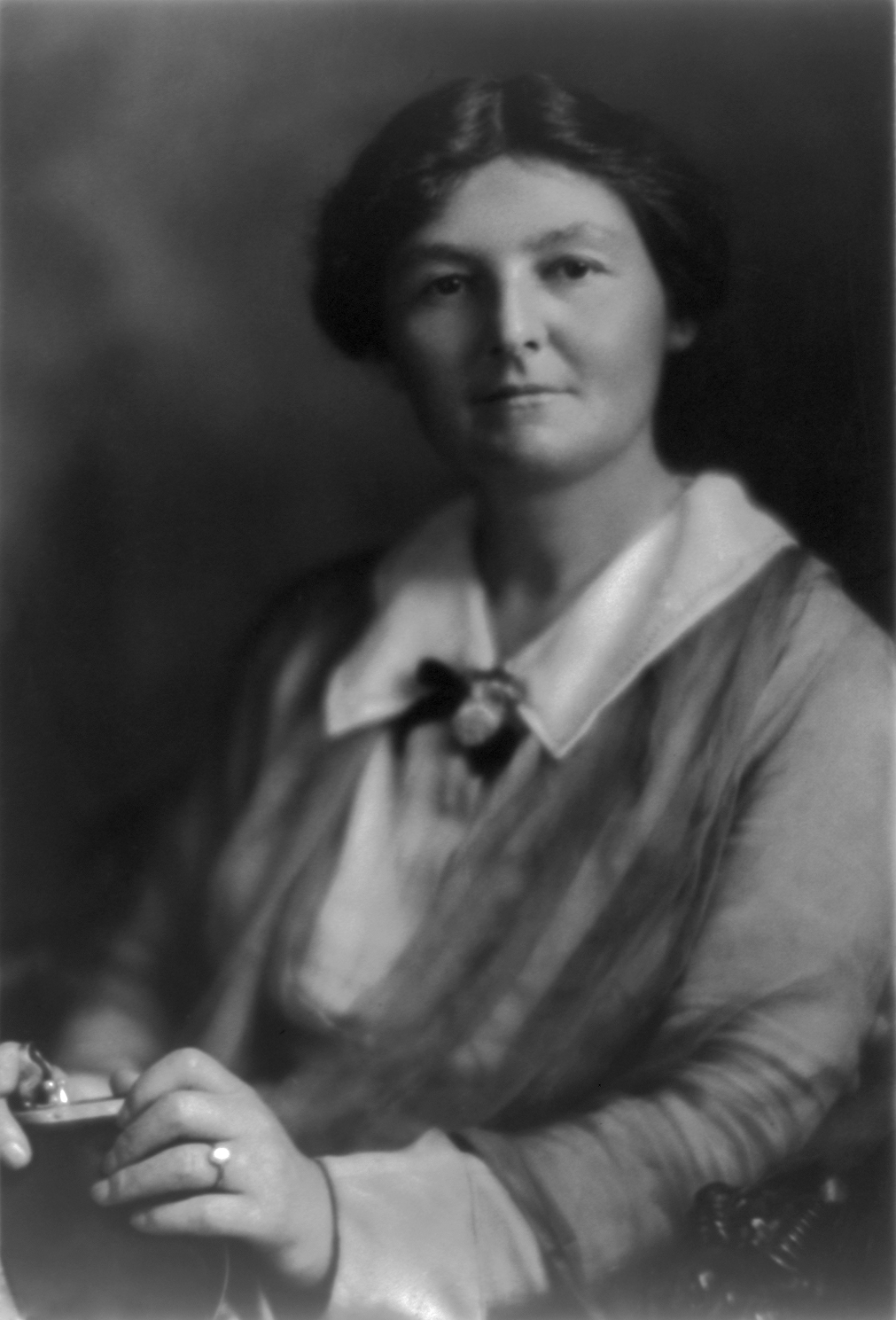Central Committee On Women's Employment on:
[Wikipedia]
[Google]
[Amazon]
The Central Committee on Women's Employment, later known as the Central Committee on Women’s Training and Employment, was an organisation set up in the United Kingdom during the First World War to provide employment for women, especially those who had become unemployed due to the War. In 1920, it became a standing committee in the House of Commons.
 The Central Committee on Women's Employment (CCWE) was created on 20 August 1914, by the Home Secretary. The committee had fourteen members, of whom five were women. Lady Crewe, the wife of Robert Crewe-Milnes, 1st Marquess of Crewe, was appointed the chairman,
The Central Committee on Women's Employment (CCWE) was created on 20 August 1914, by the Home Secretary. The committee had fourteen members, of whom five were women. Lady Crewe, the wife of Robert Crewe-Milnes, 1st Marquess of Crewe, was appointed the chairman,
History
 The Central Committee on Women's Employment (CCWE) was created on 20 August 1914, by the Home Secretary. The committee had fourteen members, of whom five were women. Lady Crewe, the wife of Robert Crewe-Milnes, 1st Marquess of Crewe, was appointed the chairman,
The Central Committee on Women's Employment (CCWE) was created on 20 August 1914, by the Home Secretary. The committee had fourteen members, of whom five were women. Lady Crewe, the wife of Robert Crewe-Milnes, 1st Marquess of Crewe, was appointed the chairman, Harold Tennant
Harold John Tennant PC (18 November 1865 – 9 November 1935), often known as Jack Tennant, was a Scottish Liberal politician. He served as Secretary for Scotland under his brother-in-law H. H. Asquith between July and December 1916.
Backgr ...
's wife Margaret
Margaret is a female first name, derived via French () and Latin () from grc, μαργαρίτης () meaning "pearl". The Greek is borrowed from Persian.
Margaret has been an English name since the 11th century, and remained popular througho ...
was appointed the treasurer, and Mary Macarthur
Mary Reid Anderson (née Macarthur; 13 August 1880 – 1 January 1921) was a Scottish suffragist (although at odds with the national groups who were willing to let a minority of women gain the franchise) and was a leading trades unionist. She ...
was appointed secretary of the organisation. Labour movement members Susan Lawrence
Arabella Susan Lawrence (12 August 1871 – 24 October 1947) was a British Labour Party politician, one of the earliest female Labour MPs.
Early life
Lawrence was the youngest daughter of Nathaniel Tertius Lawrence, a wealthy solicitor, and ...
, Margaret Bondfield, and Marion Phillips were also members of the committee. The CCWE received funding from the newly formed Ministry of Labour
The Ministry of Labour ('' UK''), or Labor ('' US''), also known as the Department of Labour, or Labor, is a government department responsible for setting labour standards, labour dispute mechanisms, employment, workforce participation, training, a ...
, and the Queen consort Mary of Teck donated money from the Queen's Fund. After the War, £500,000 was given from the National Relief Fund to the CCWE for women whose incomes and opportunities had been affected by the War.
The CCWE aimed to provide employment for women, especially those who had become unemployed or displaced due to the First World War. It initially encouraged women to take up war-related jobs, such as providing army clothes for the War Office and the British Army, and knitted jumpers for babies. The Labour movement through the committee campaigned for women's rights, in particular equal pay for equal work, and jobs at the end of the war, as well as the reduction of short time working hours for women. In September 1914, the employment rate for women was 8.5% lower than the previous month. In 1914, the minimum rate for women to be paid for relief work was 3 d per hour, up to a maximum of 10/- including housing allowance. For other jobs, women could receive more than 3d, for example cleaners typically received 5d per hour.
After the War, the organisation became the Central Committee on Women's Training and Employment (CCWTE). The CCWTE focused on retraining women who became unemployed when the men returned. During the inter war years, Violet Markham was the CCWTE's chairwoman. In 1919, the government pledged HM Treasury money for "housecraft" training, and gave the CCWTE £50,000 to help with other training. In 1920, the Central Committee on Women's Employment became a standing committee in the House of Commons. Courses that trained women in midwifery, hairdressing, massage, teaching, as well as domestic work, ended in 1922 when funding ran out.
Using funding from the Empire Settlement Act 1922, the CCWTE set up a home training centre in Market Harborough, and later set up home training centres in Glasgow, Harrogate, Newcastle, Leamington Spa
Royal Leamington Spa, commonly known as Leamington Spa or simply Leamington (), is a spa town and civil parish in Warwickshire, England. Originally a small village called Leamington Priors, it grew into a spa town in the 18th century following ...
, and London.
Other
In 1915, anIrish Central Committee for the Employment of Women
The Irish Central Committee for the Employment of Women was an organisation set up in Ireland during the First World War as a central advisory scheme for local organisations. It operated from November 1914 until June 1919. The organisation wa ...
(CCEW) was created, to serve a similar purpose in Ireland.
References
{{reflist, 30em Women's rights in the United Kingdom 1914 establishments in the United Kingdom Women's organisations based in the United Kingdom Employment in the United Kingdom United Kingdom in World War I Women and employment